Ion Exchange
FILTEC provides advanced ion exchange solutions in New Zealand and Australia, delivering high-performance water treatment for industrial use, food and beverage production, and water utilities.
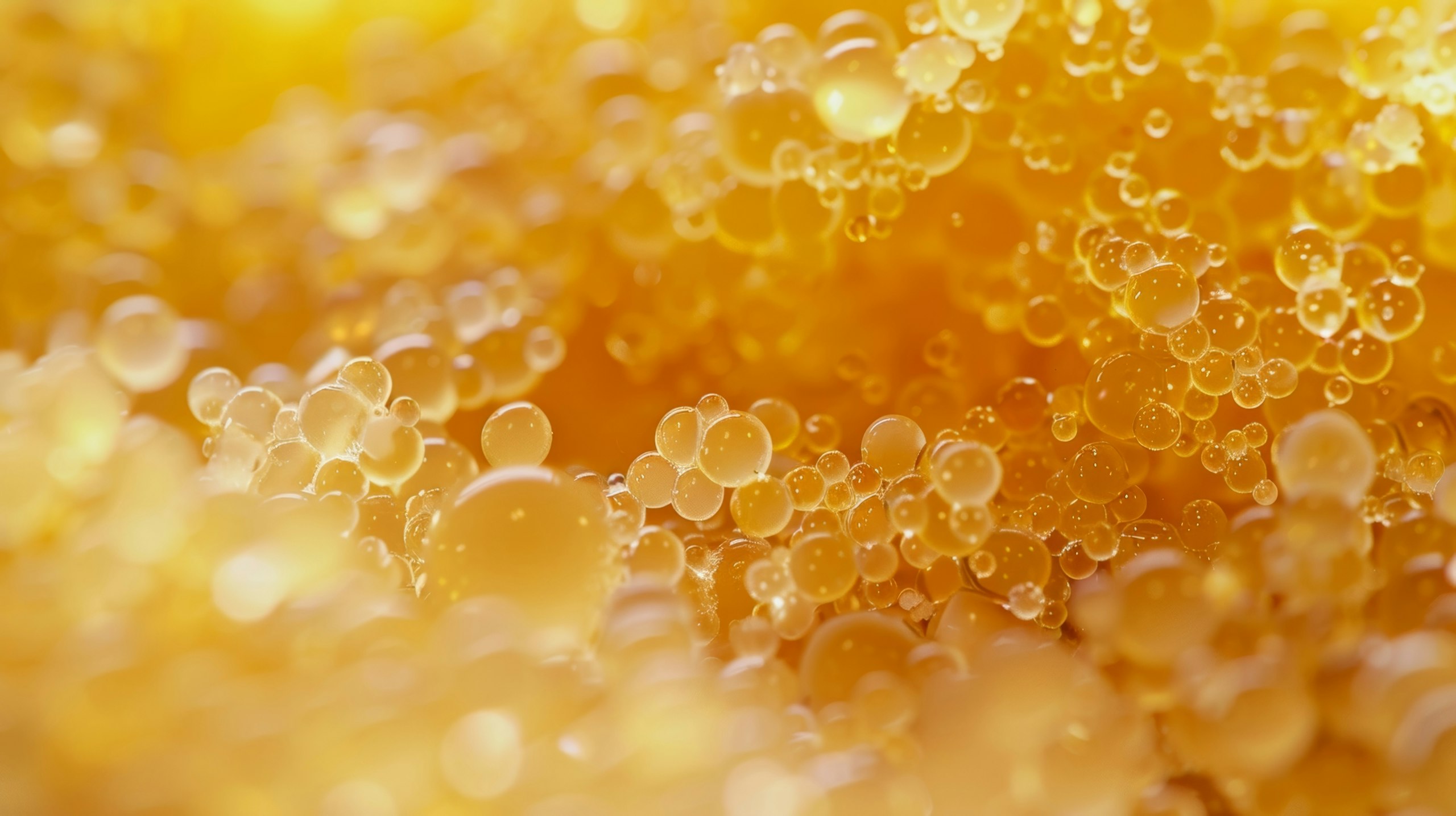
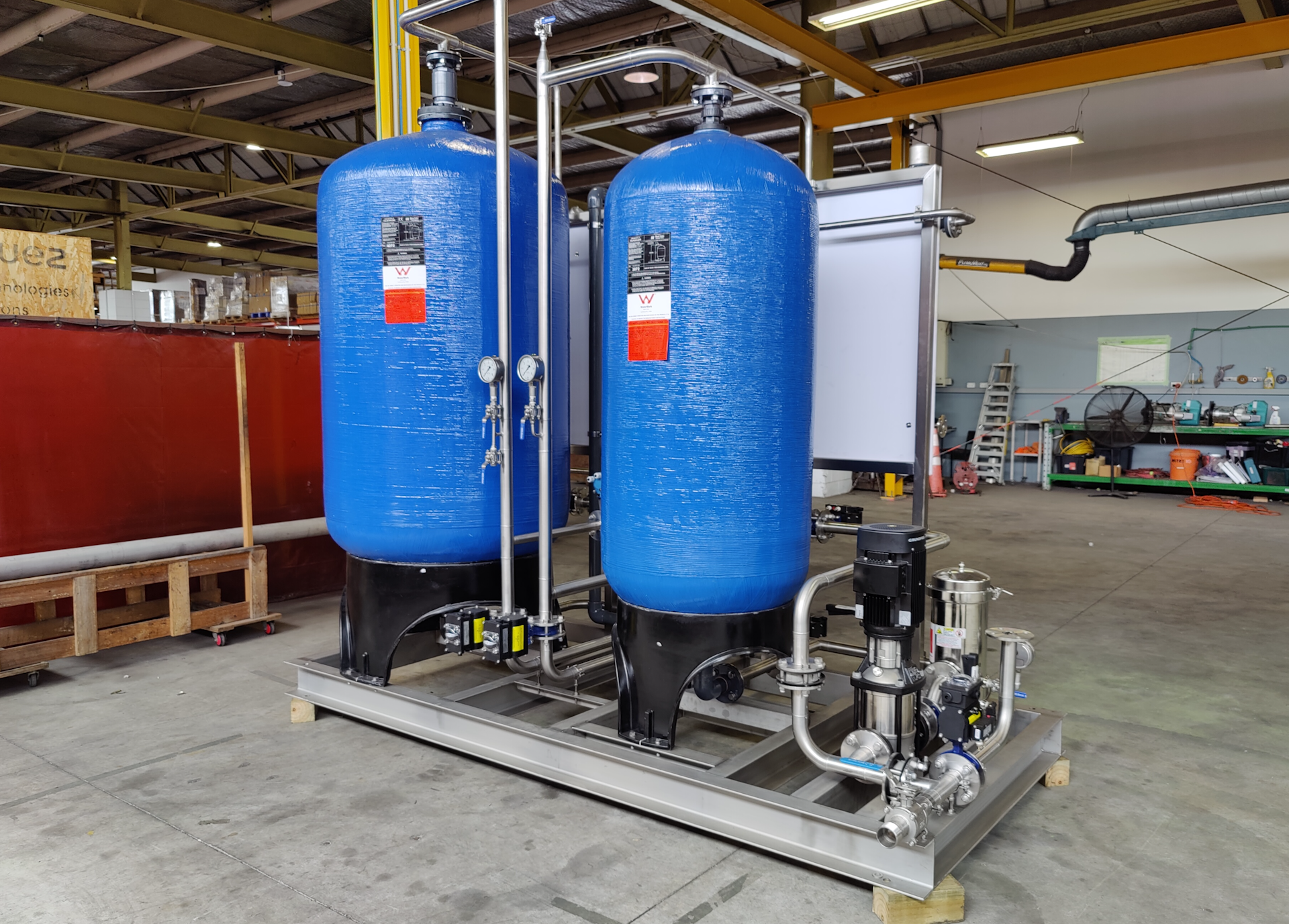
Remove Unwanted Minerals and Contaminants with Ion Exchange
Ion exchange is a proven water treatment process that removes dissolved ions from water, ensuring optimal quality for industrial, municipal and commercial applications. This process is essential for softening water, removing nitrates, and achieving ultra-pure water standards. FILTEC’s ion exchange systems efficiently remove unwanted minerals and contaminants, helping industries maintain water quality, prevent scaling, and meet regulations.
Key Benefits
Water Softening for Scale Prevention
High-Purity Water Production
Reduced Chemical Consumption
Customisable System Design
Compliance with Industry Standards
Long-Term Performance Reliability
Effective Contaminant Removal
Water Softening for Scale Prevention
High-Purity Water Production
Reduced Chemical Consumption
Customisable System Design
Compliance with Industry Standards
Long-Term Performance Reliability
Effective Contaminant Removal
Water Softening for Scale Prevention
High-Purity Water Production
Reduced Chemical Consumption
Customisable System Design
Compliance with Industry Standards
Long-Term Performance Reliability
Our Ion Exchange Solutions
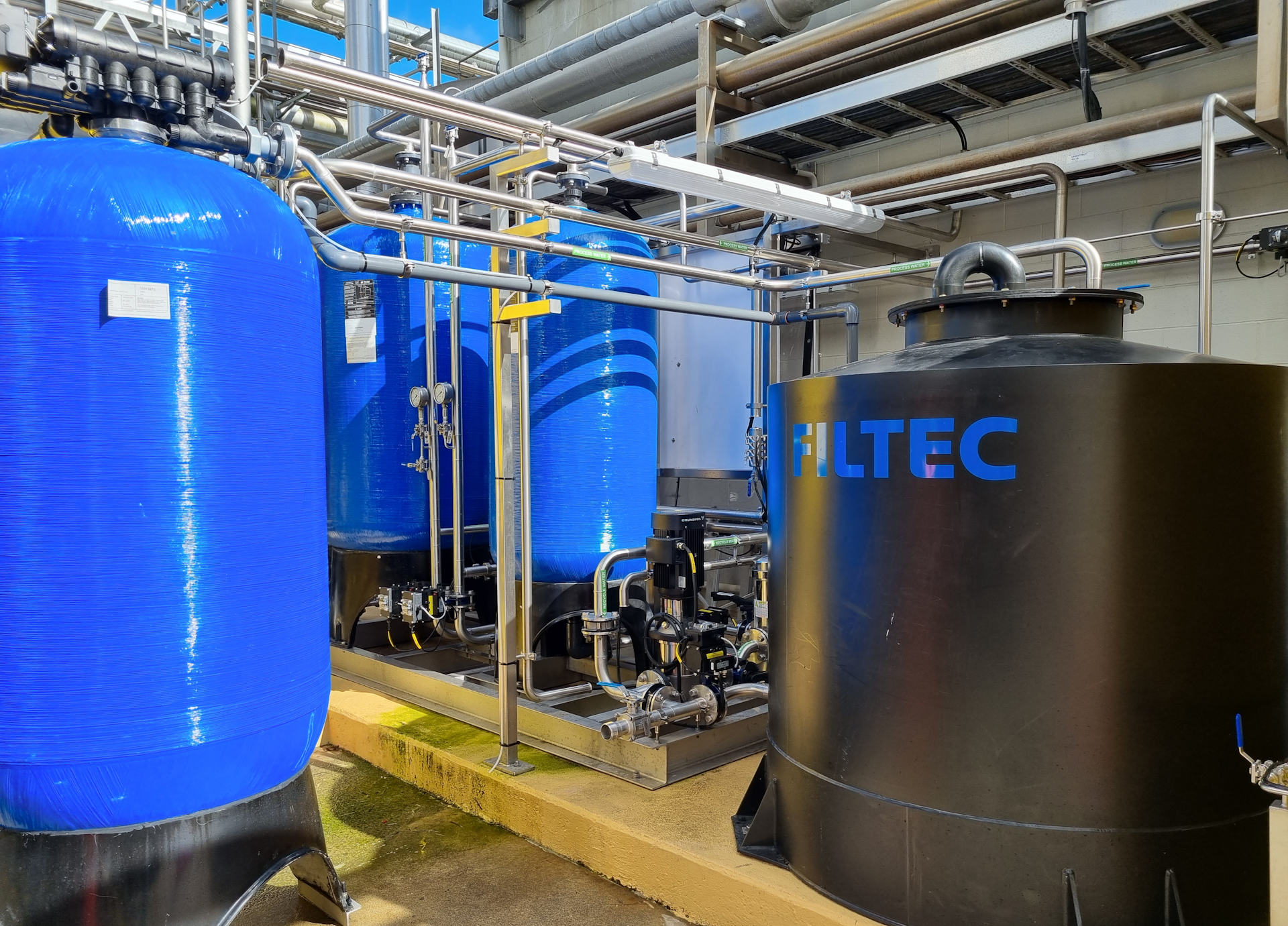
Cation Exchange Systems
FILTEC’s cation exchange systems remove positively charged ions such as calcium, magnesium, and iron, effectively softening water and preventing scale formation. These systems enhance equipment lifespan and improve process efficiency by reducing hardness-related issues.
Anion Exchange Systems
Our anion exchange systems target negatively charged contaminants like nitrates, sulfates, and organics, replacing them with chloride or hydroxide ions. This ensures clean, high-quality water for sensitive applications, including food processing, pharmaceuticals, and electronics manufacturing.

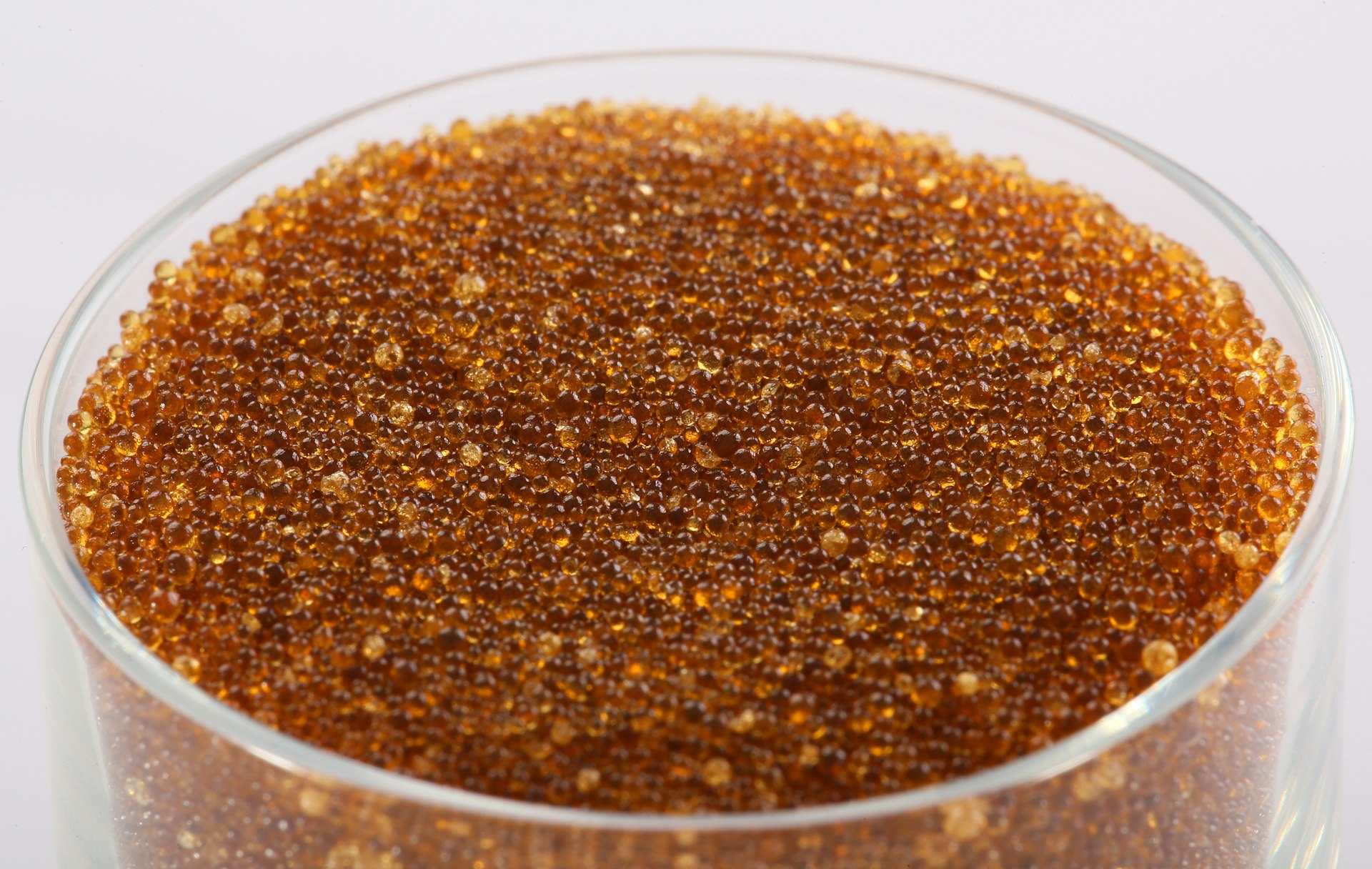
Mixed Bed Ion Exchange Systems
For applications requiring ultra-pure water, FILTEC offers mixed bed ion exchange systems that combine both cation and anion resins. These systems achieve high levels of demineralisation, making them ideal for power generation, laboratory water, and precision manufacturing.
How Ion Exchange Works
Ion exchange passes water through a resin bed where unwanted dissolved ions are exchanged for more desirable ions. Cation exchange resins replace hardness minerals with sodium or hydrogen ions, while anion exchange resins replace contaminants like nitrates with chloride or hydroxide ions. Mixed bed systems remove both in one step. The resins are periodically regenerated using appropriate chemicals, ensuring long-term operational efficiency and performance.
FAQs
How does ion exchange differ from other demineralisation methods?
Ion exchange removes dissolved ions using resins, while reverse osmosis uses membranes to filter a broader range of contaminants. Ion exchange excels in softening, nitrate removal, and ultrapure water, while membrane filtration offers a stronger barrier against dissolved solids and particulates.
How often do ion exchange resins need to be regenerated?
Regeneration frequency depends on water quality and system capacity. Most systems use brine (softening) or acid and caustic (demineralisation). FILTEC offers servicing and support to optimise resin performance.
Can ion exchange systems remove all contaminants from water?
Ion exchange removes specific dissolved ions but not all contaminants. For comprehensive treatment, it’s often combined with reverse osmosis, activated carbon, or ultraviolet disinfection.
Is ion exchange suitable for drinking water applications?
Yes, ion exchange is commonly used to treat drinking water, especially for softening and nitrate removal. FILTEC designs systems that meet drinking water quality standards and can integrate additional treatment steps if required.
How do I determine the right ion exchange system for my needs?
The choice of system depends on factors such as water composition, treatment goals, and application requirements. FILTEC offers expert assessment and customised solutions to ensure optimal system performance.
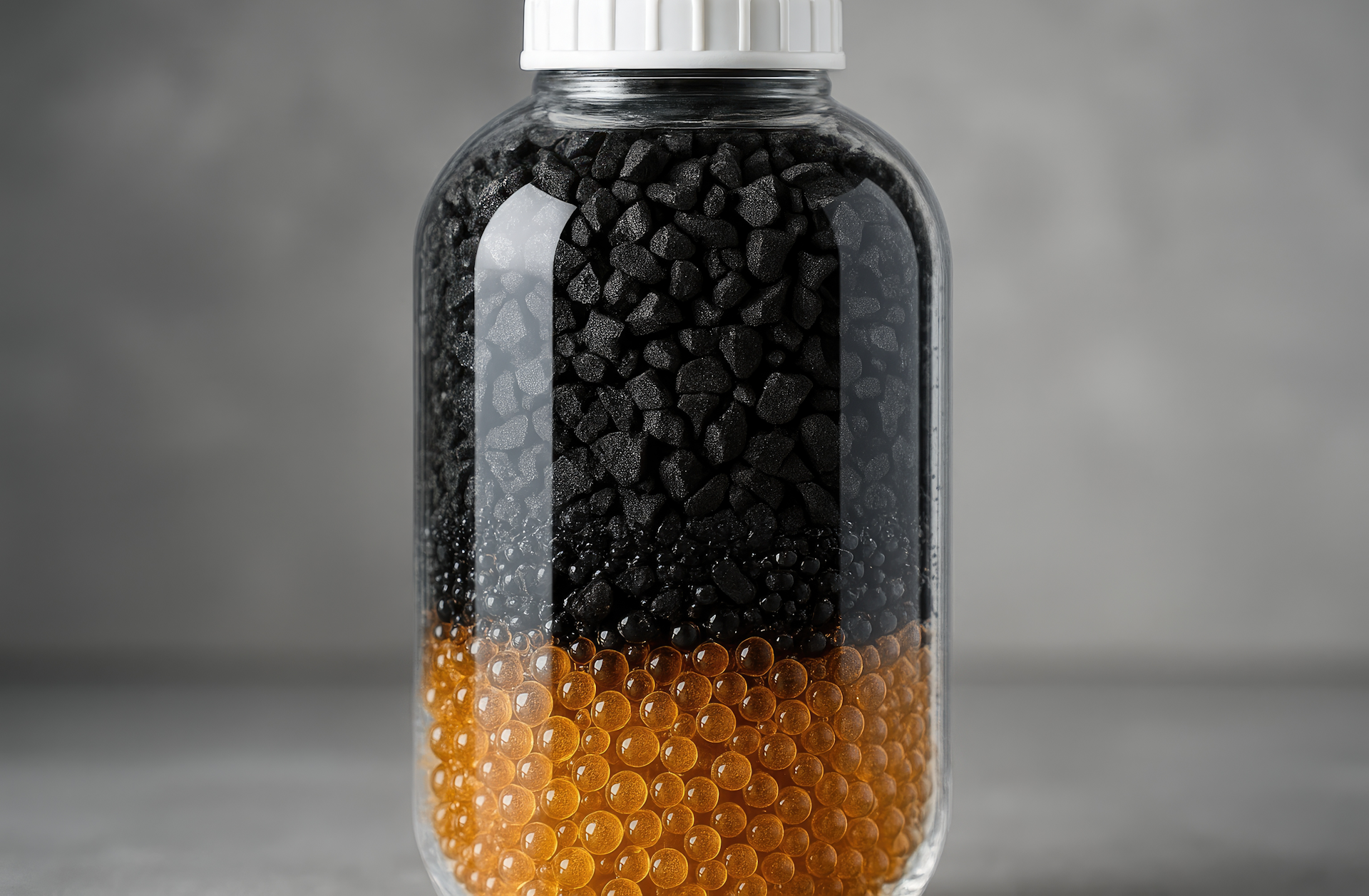
Advanced Ion Exchange Solutions for High-Quality Water
FILTEC’s ion exchange systems deliver reliable, efficient water treatment. Contact us to discuss your needs and discover how we can help.
